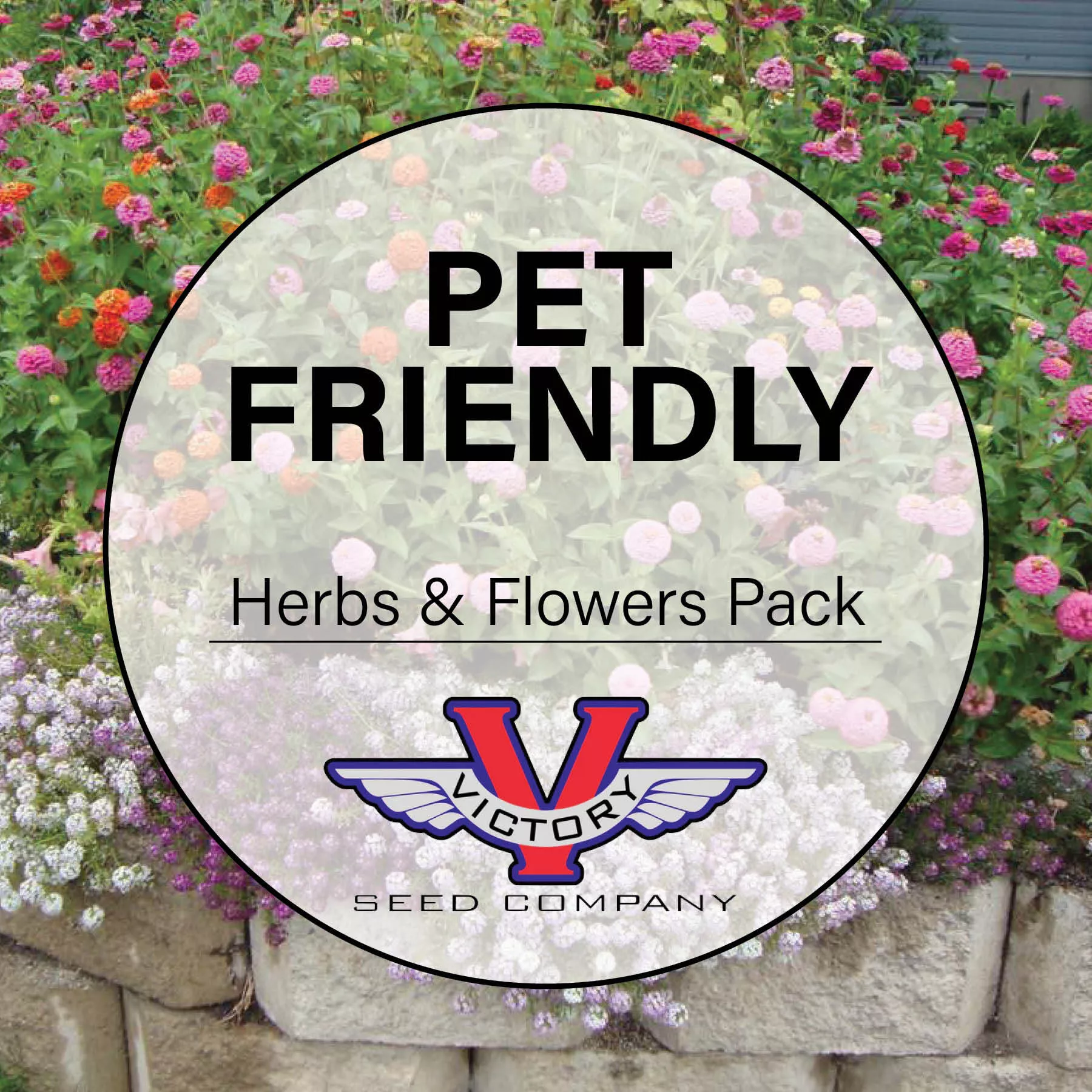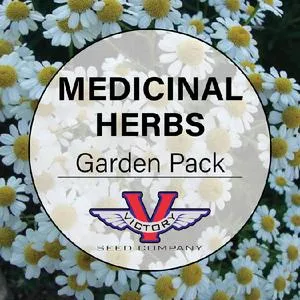Pet-Friendly Herb and Flower Garden Pack
Price: $40.45
SKU: 30095981When our animal friends can join us outside, enjoying the benefits of gardening is enhanced even more. Pet-friendly gardening is a comprehensive strategy that puts our beloved companion animals' safety and well-being first, going beyond simply creating an aesthetically pleasing setting. As passionate pet parents, we understand how important it is to provide our animal companions with a secure space where they may explore and develop intuitive confidence. Selecting pet-safe plants is crucial for those with furry friends. This collection of seeds aims to help pet owners create a safe and attractive outside space by offering specific pet-safe flowers and herbs.
Place a single order for this item and you will get one packet of each of the items shown below at an overall discount. If you prefer, you can order them individually one by one, by clicking on each item in the list.
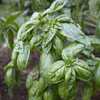 Basil, Italian Large Leaf (Sweet)
Basil, Italian Large Leaf (Sweet)
Sweet basil with large leaves, perfect for pesto and Italian dishes, thrives in full sun.
 Crackerjack Mix 'African Marigold'
Crackerjack Mix 'African Marigold'
Early, giant, carnation-flowered mix of orange, gold and yellow.
 Nasturtium, Single Mix
Nasturtium, Single Mix
Flowers colors include red, orange, yellow and gold.
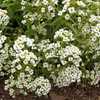 Dwarf Alyssum, Carpet of Snow
Dwarf Alyssum, Carpet of Snow
Commonly used in border plantings, rock gardens, and even in containers.
 Zinnia, State Fair Mix
Zinnia, State Fair Mix
Blooms are pink, red, orange, yellow, and white.
 Plains Coreopsis
Plains Coreopsis
Masses of flowers, ranging in color from deep red and bronze to bright yellow with red centers.
 Oregano - Common Italian
Oregano - Common Italian
Versatile herb with warm, spicy flavor, thrives in Mediterranean climates, and offers medicinal benefits.
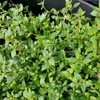 Garden Thyme
Garden Thyme
Versatile perennial herb, ideal for indoor pots. Provides some medicinal benefits.
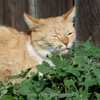 Catnip
Catnip
Aromatic catnip, loved by cats and grows up to three feet tall.
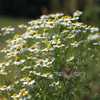 Chamomile, German
Chamomile, German
Hardy annual known for calming, digestive, and immune-boosting benefits.
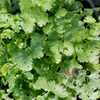 Coriander (Cilantro) - Slow Bolt
Coriander (Cilantro) - Slow Bolt
Bolt-resistant variety offers extended harvest of fresh cilantro leaves and flavorful coriander seeds.
 Bouquet Dill
Bouquet Dill
Hardy annual herb with historical medicinal uses, perfect for sauces, pickling, and seasoning.
 Lavender, English
Lavender, English
Fragrant English lavender attracts butterflies, repels deer, and thrives in drought conditions.
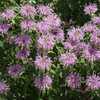 Wild Bergamot (Bee Balm)
Wild Bergamot (Bee Balm)
Native perennial with mint-scented leaves, loved by pollinators.
 Echinacea - Purple Coneflower
Echinacea - Purple Coneflower
Hardy perennial thriving in full sun, known for medicinal uses and vibrant summer blooms.
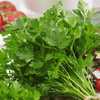 Italian Parsley
Italian Parsley
Deeply cut, dark green leaves with rich flavor, ideal for garnishes, soups, and herbal remedies.
 Sunflower, Giant Greystripe
Sunflower, Giant Greystripe
Used as a snack, or add to bread, rolls, or as a topping to a green salad.
Place a single order for this item and you will get one packet of each of the items shown below at an overall discount. If you prefer, you can order them individually one by one, by clicking on each item in the list.
 Basil, Italian Large Leaf (Sweet)
Basil, Italian Large Leaf (Sweet)Sweet basil with large leaves, perfect for pesto and Italian dishes, thrives in full sun.
 Crackerjack Mix 'African Marigold'
Crackerjack Mix 'African Marigold'Early, giant, carnation-flowered mix of orange, gold and yellow.
 Nasturtium, Single Mix
Nasturtium, Single MixFlowers colors include red, orange, yellow and gold.
 Dwarf Alyssum, Carpet of Snow
Dwarf Alyssum, Carpet of SnowCommonly used in border plantings, rock gardens, and even in containers.
 Zinnia, State Fair Mix
Zinnia, State Fair MixBlooms are pink, red, orange, yellow, and white.
 Plains Coreopsis
Plains CoreopsisMasses of flowers, ranging in color from deep red and bronze to bright yellow with red centers.
 Oregano - Common Italian
Oregano - Common ItalianVersatile herb with warm, spicy flavor, thrives in Mediterranean climates, and offers medicinal benefits.
 Garden Thyme
Garden ThymeVersatile perennial herb, ideal for indoor pots. Provides some medicinal benefits.
 Catnip
CatnipAromatic catnip, loved by cats and grows up to three feet tall.
 Chamomile, German
Chamomile, GermanHardy annual known for calming, digestive, and immune-boosting benefits.
 Coriander (Cilantro) - Slow Bolt
Coriander (Cilantro) - Slow BoltBolt-resistant variety offers extended harvest of fresh cilantro leaves and flavorful coriander seeds.
 Bouquet Dill
Bouquet DillHardy annual herb with historical medicinal uses, perfect for sauces, pickling, and seasoning.
 Lavender, English
Lavender, EnglishFragrant English lavender attracts butterflies, repels deer, and thrives in drought conditions.
 Wild Bergamot (Bee Balm)
Wild Bergamot (Bee Balm)Native perennial with mint-scented leaves, loved by pollinators.
 Echinacea - Purple Coneflower
Echinacea - Purple ConeflowerHardy perennial thriving in full sun, known for medicinal uses and vibrant summer blooms.
 Italian Parsley
Italian ParsleyDeeply cut, dark green leaves with rich flavor, ideal for garnishes, soups, and herbal remedies.
 Sunflower, Giant Greystripe
Sunflower, Giant GreystripeUsed as a snack, or add to bread, rolls, or as a topping to a green salad.
Customer Reviews:
Do you have experience with this one? 📝 📣 Write a review!
No reviews have been posted yet.

